http://www.railroadsignals.us/signals/sem/
RAILROAD SIGNALS of the U.S.
RAILROAD
SEMAPHORE SIGNALS
SEMAPHORE SIGNALS
WHAT IS A SEMAPHORE?
Semaphore signals revolutionized and standardized the railroad signal industry at the same time. Compared to earlier signals, they provided the railroads with a superior method of transmitting track conditions to the engineerSo what is a semaphore, and what makes it different than other signals?
A semaphore signal is one by which the aspect is given by the position of a blade (during the day), and by colored light at night. The fact that the semaphore signal uses a moving blades to convey information to the engineer sets it apart from most other signal types (except for maybe Ball and Tilting Target signals, which also conveys their indications by way of a moving device).
Semaphore signals were originally illuminated by a kerosene lamp. Once tungsten filaments were perfected, railroads were quick to replace the kerosene lamps with electric bulbs. Those reading this tutorial and belong to the Yahoo Railway Signaling group are well aware that early semaphore glass lenses actually look bluer than green. This is due to the fact that the light source of the kerosene lamp contains more yellow and green than that of an incandescent lamp, and thereby filters the light to a green color... but use that same lens with a bulb, and the resulting color will be much bluer!
According to one source, the semaphore was patented in the 1840’s by John James Stevens.
According to the FRA, in rule 236.23, semaphore aspects and indications are shown by: a) the position of the semaphore blade, b) the color of lights, c) position of the lights, d) the flashing of the lights, or e) any combination thereof. They may be qualified by a marker plate, number plate, letter plate, marker light, shape and color of the semaphore blade, or any combination thereof.
If you happen to have access to any of the old catalogs from the early 1900’s, they are most informative as to the wide variety of semaphore signals that used to be available, compared to what we are used to today with color light signals.
new! Mark E sent me a link to his YouTube video of the B&O Cincinnati-Indianapolis line semaphores before they were taken out of service:
http://www.youtube.com/watch?v=idtiGlaecIs&feature=plcp
PICTURES
Mechanical semaphores protecting a B&O / PRR Diamond
(For more info click here)
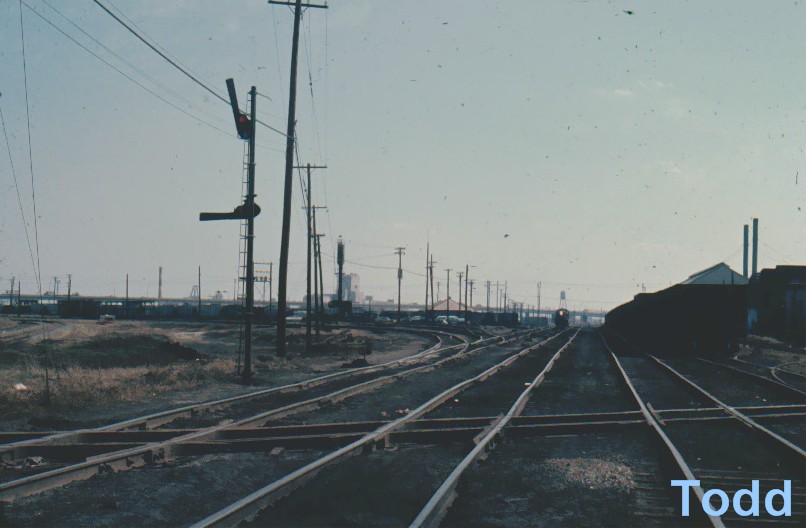
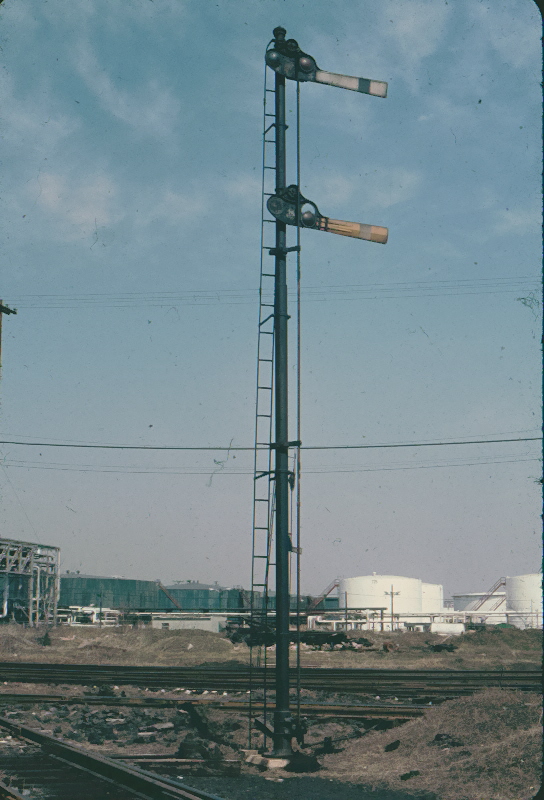
Baltimore's last Semaphore
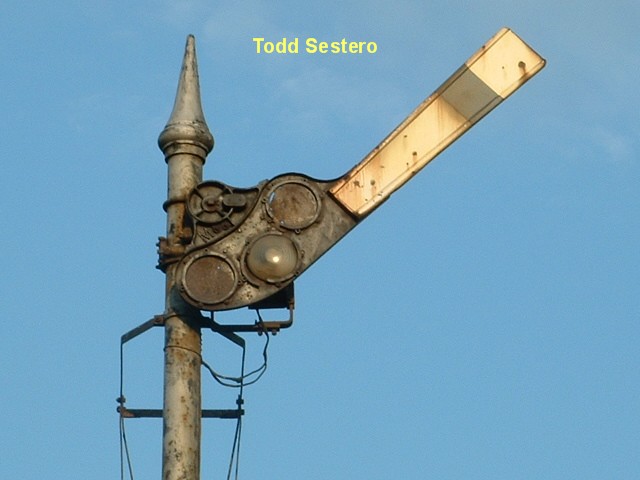 Maryland and Baltimore's last semaphore on the CSX, was enroute to Gray's Yard (in Sparrows Point). It permanently displayed a restricting aspect. The signal was taken down in 2006 by CSX.
Maryland and Baltimore's last semaphore on the CSX, was enroute to Gray's Yard (in Sparrows Point). It permanently displayed a restricting aspect. The signal was taken down in 2006 by CSX.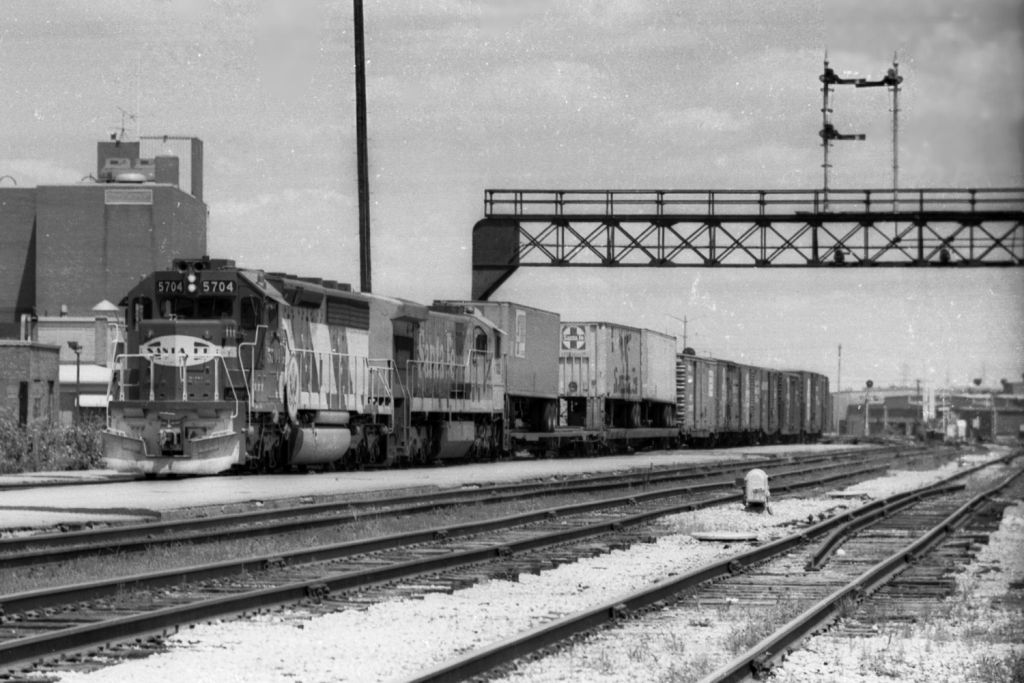
ATSF Geep #5704 heads up a freight in Joliet IL in May of 1976. Many thanks to Tim Vermande for the photo.
PARTS OF A SEMAPHORE
The major parts of a semaphore are: 1) the blade, 2) the lenses, or to be more correct for semaphores, roundels, 3) the spectacle, this is what holds the roundels, and 4) the lamp.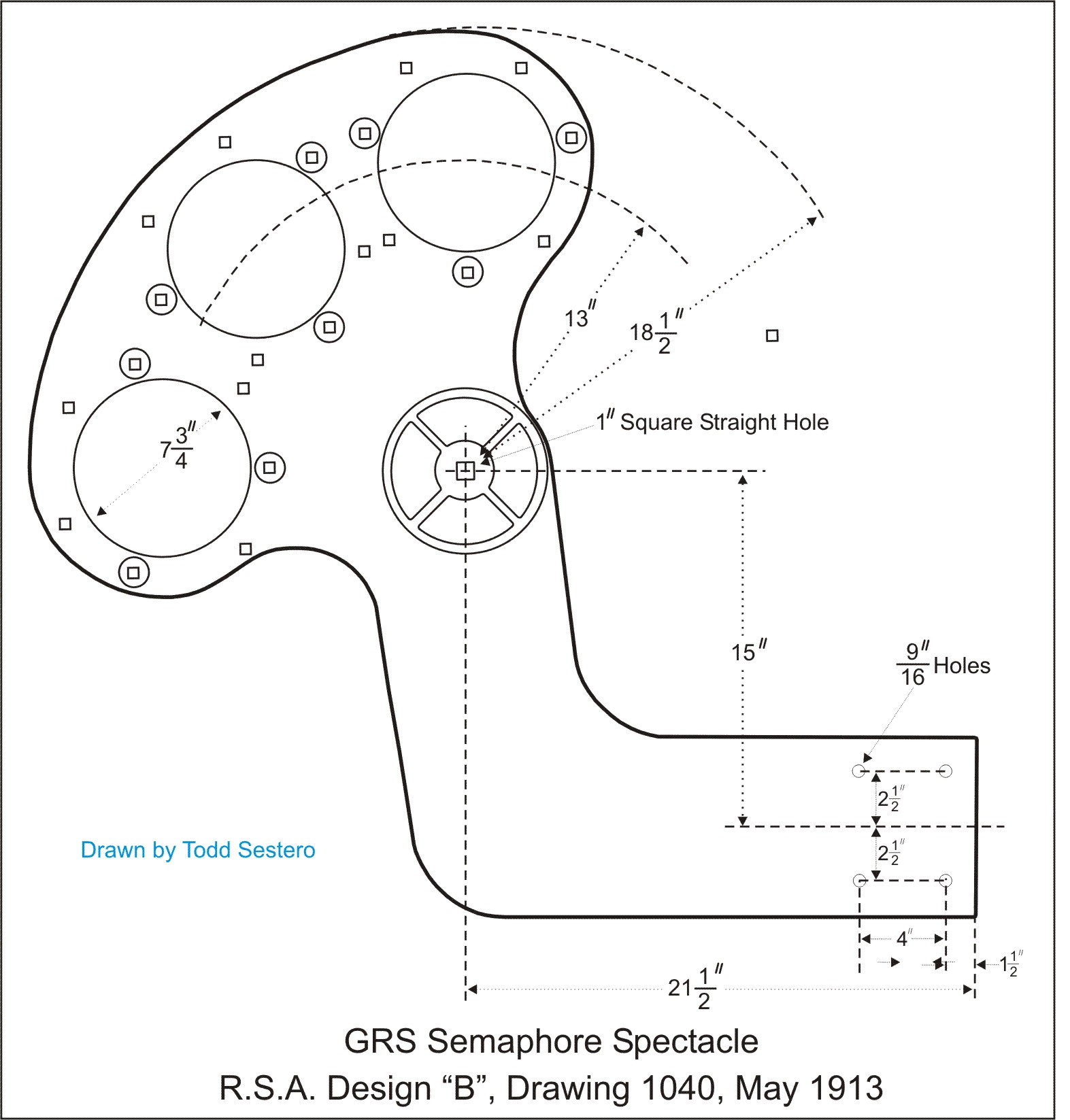
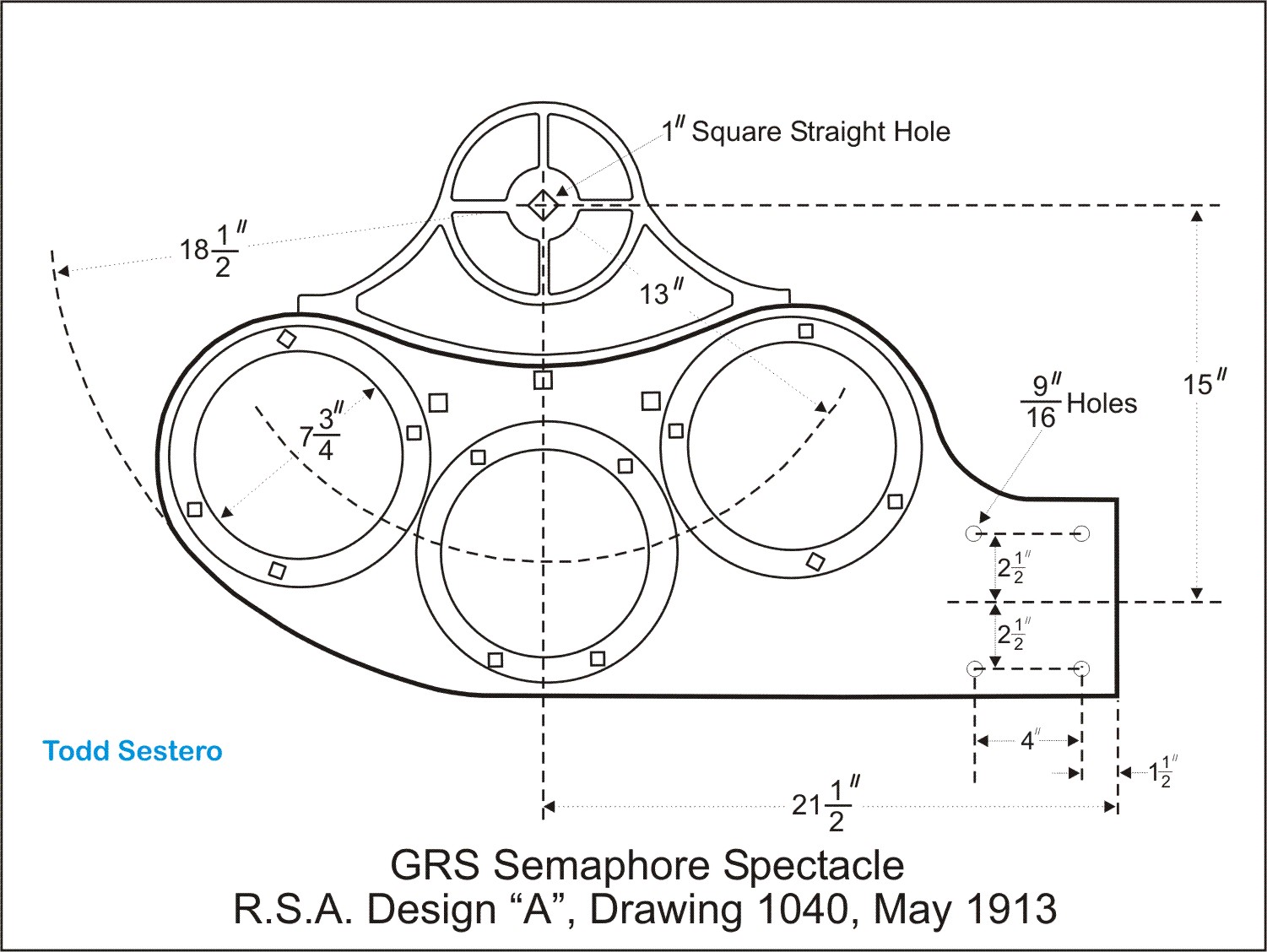
Figures 1a and 1b – Typical Upper Quadrant Spectacles - Standard designs, but taken from a GRS catalog.
To see what one reader used the above drawings for, check out this Youtube Video on building your own scale model semaphore using an Arduino
In addition, the spectacle mounts to a shaft, which is usually one inch square at the end to mate with a like hole in the spectacle. The shaft rides in a fitting, sometimes with a set of bearings, and the fitting mounts to the mast.
Mechanically or base-of-mast operated semaphores would also have an actuating rod, and a method to connect the rod to the spectacle.
On top-of-mast installations, the shaft comes out of a housing, which contains the actuator. This housing mounts on the mast, and supports the semaphore.
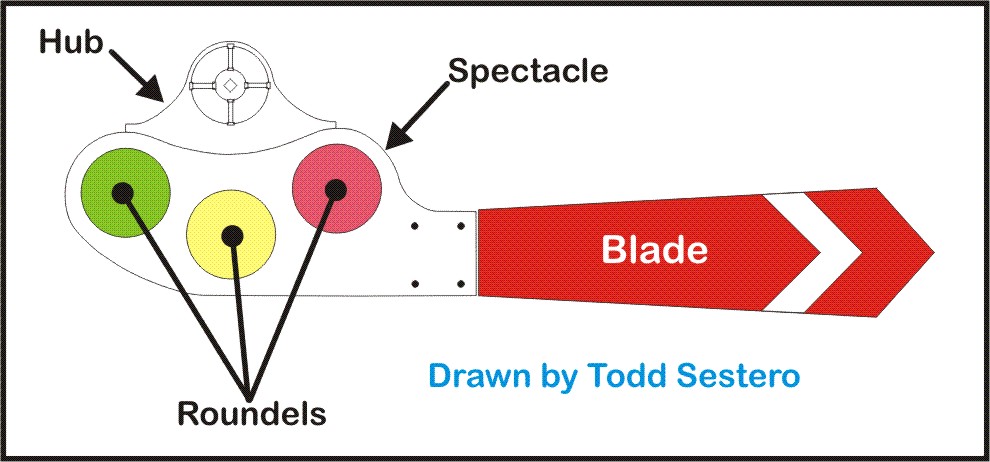
Figure 2 – Parts of a semaphore signal.
MECHANICAL DRAWINGS
Here are some scans from a 1930 catalog: US&S Mechanical Drawings
HOW A SEMAPHORE WORKS
This section will go into the operation of how they make the semaphore blade go up and down. I have used an upper quadrant GRS type 2A semaphore for this discussion. The schematic comes from a GRS service booklet for this type. My schematic is taken from a later version of the GRS type 2A, shown in the left drawing below. The GRS schematic below does not show the snubber resistor circuit. On the right is a schematic of a US&S type T2 semaphore.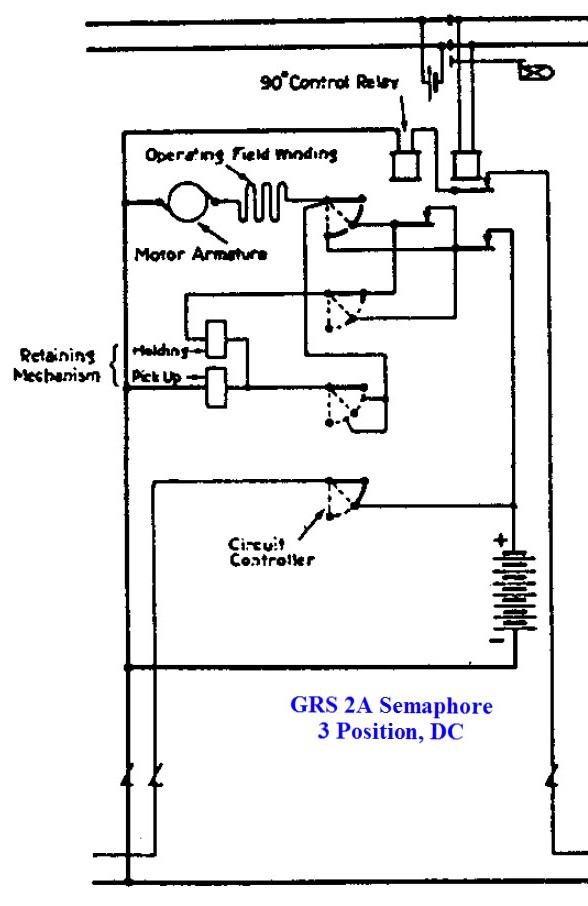
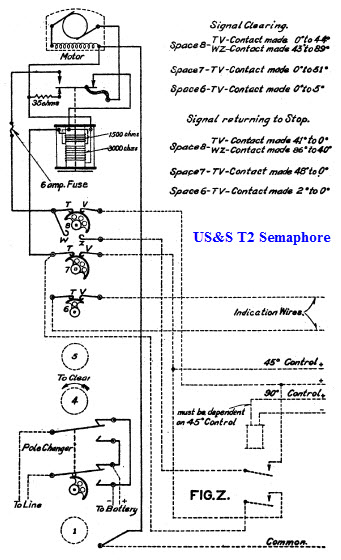
Even though they appear on my drawing, let's go over the initial conditions so we know where we are.......
For the sake of our discussion, we are describing an upper quadrant, 3 position semaphore.
The train is travelling from left to right, and is currently in Block D.
The track batteries are not shown.
The semaphore affected by this circuit is the "green" one on the left, at the end of Block A, protecting Block B.
The semaphore itself (exclusive of the track circuit) operates from 12VDC.
Although it is not standard convention for relays, they are shown in their "picked" position (energized).
We have a control signal coming from the semaphore circuit in Block C.
We have a control signal feeding Block A.
The signals are set up as 3 block intermediate signals, with no interlocking to complicate the relay logic.
And last but not least, the semaphore is at green, because neither Block B or Block C are occupied..
Real quickly, the track circuit is the foundation of any signal circuit, without it, we have no way to tell if a train is in a block. The track circuit has a battery as the source of voltage, a series limiting resistor to set the loop current and adjust the pick-up point of the relay, the track itself, and a track relay. With no train in the block, the battery (placed at one end of the block) voltage is put out onto the tracks, the tracks carry the voltage down to the opposite end of the block to the relay, where the the relay will become energized. When a train enters the block, the wheels and axles shunt, or shorts out the circuit so the relay is no longer energized. With the relay de-energized, the important contacts of the relay are opened. This gives us the failsafe operation we need for safety, this way, if the track is broken, or the battery dies on us, the contacts will be open, and force the signal to a red aspect.
So let's do GREEN first, since my schematic is set up for that condition...... With the train two blocks ahead of us, we have a green aspect on our semaphore. That means we have a 12V control signal from Block C, which energizes relay N since contacts T1 are closed because relay T is picked. The local battery is fed thru contact T2, which is also closed because relay T is energized. With 12V being able to reach contact A, it feeds the motor thru the R contact, raising the blade to the yellow position. Since contact N1 is also closed (because relay N is picked), when the wiper of A gets to Y, there is also voltage there waiting to keep the motor running and raise the blade to the green position. Hope you followed that.
Contact section D outputs a voltage to the previous block if our signal is showing either a green or yellow. This allows the previous block to display a green if all other conditions allow for it.
Now let's see what happens if a train is in Block C. Since the track relay T for this block is now not energized, it will force the yellow semaphore on my drawing to red. Because of this, Contact D is now positioned so that no voltage goes thru and there is no output to the previous block. Subsequently, relay N of the previous block (the signal of discussion) is not energized. Because of this, contact N1 remains open, and when the wiper gets to position AY, there is no voltage there to energize the motor to take the blade into the green position, and our semaphore is at YELLOW. If, and only when, the train in Block C moves on to Block D, will the voltage re-appear at AY to move the blade into the green position.
A RED condition is the easiest to describe, since track relay T is not energized because of a train in Block B. This means both contacts T1 and T2 are open. With T2 open, no voltage can get to contact section A to energize the motor and take the blade into the yellow or green position. Also because T2 is open, it removes any voltage from the PICK and HOLD coils (thru contact B), which would release the pawl holding the blade in either the green or yellow position, allowing the blade to fall back to the red position. Also, contacts N2 and T3 are closed, and would apply braking to the motor when the blade approaches the yellow and red positions.
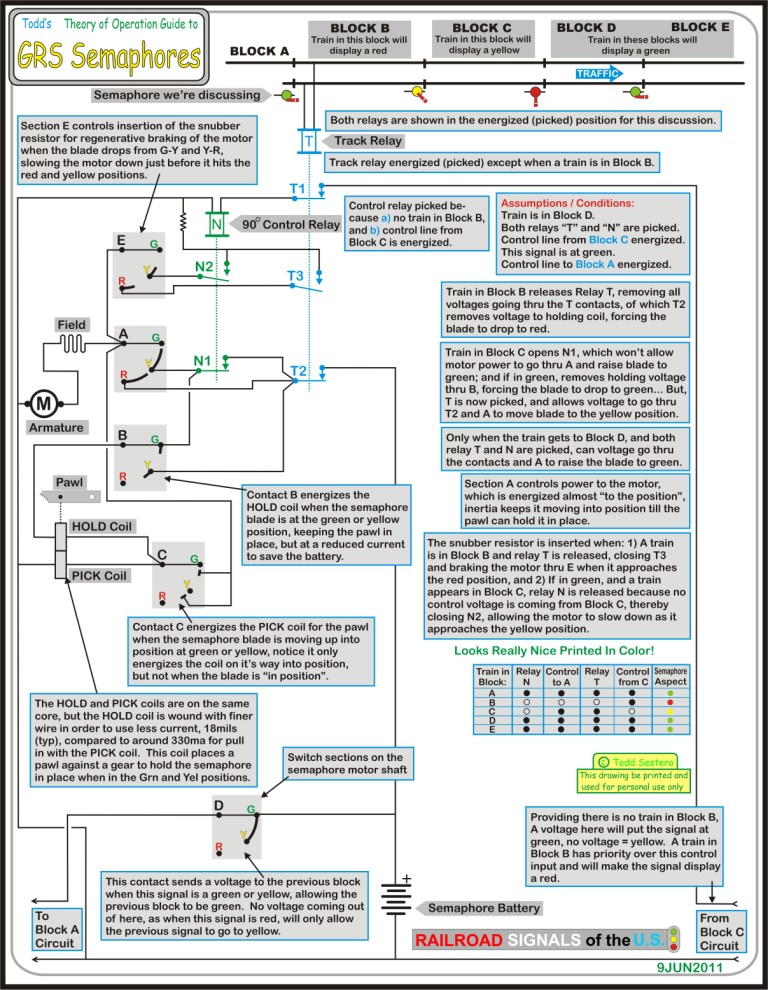
A comprehensive index for manuals can be found at: http://gsee.sdf-us.org/signals/docs/index.html
TYPES OF SEMAPHORES
Semaphores took a number of forms. The most obvious, is the way they displayed their indications, with the blade moving either up or down from the horizontal position, which was almost always a red aspect, indicating STOP. If the blade moved down from the horizontal, it was a lower quadrant semaphore. If the blade moved up from that position, it is called an upper quadrant semaphore. The picture at the top of the page shows upper quadrant semaphores. Upper quadrant semaphores came about around 1900.
As we will see a little further down on the page, semaphores were actuated by mechanical, pneumatic, electro-pneumatic, or electrical means.
They can be further divided by the location of the actuating mechanism. For manually operated semaphores, the operating lever could be at the base of the mast, on an adjacent platform, or in a remote room (or tower). For power operated semaphores, the control point could be the same as for manual semaphores, but the actual operating mechanism, be it a motor or whatever, was located at either the base of the mast, or up on the pole, where the semaphore spectacle and blade mounted directly on the gear shaft.
Semaphores came in both the high signal variety, and dwarf versions. And when speaking of semaphore signals, high signals were really high, often with a single arm (or the lower arm of a dual or triple indicating signal) being 17 feet (or more) off the ground.
These differences will be covered later on....
According to the FRA, in rule 236.23, semaphore aspects and indications are shown by: a) the position of the semaphore blade, b) the color of lights, c) position of the lights, d) the flashing of the lights, or e) any combination thereof. They may be qualified by a marker plate, number plate, letter plate, marker light, shape and color of the semaphore blade, or any combination thereof.
Semaphore signals came in a wide variety of forms, and to my knowledge, more than any other type of signal:1) Upper or lower quadrant, *
2) Fixed position, two position or three position,
3) Blades stopping at either the 0, 45, and 90 degree positions, or 0, 30 ,and 60 degrees, *
4) High signal or dwarf signal,
5) They could be mounted at ground level, on a mast, on a signal bridge, on a cantilever bridge, or on a building,
6) They could be unilluminated, or illuminated by either a kerosene or incandescent lamp,
7) Related to the illumination thing are the lens colors,
8) The blades could be square, round, pointed, or fishtail ended, *
9) Blade Sizes
10) Variances in blade color, often relating to their meaning, *
11) They could be operated purely by mechanical means, either pipes or cables (wires),
12) Or they could be power operated by pneumatics,
13) Electro-pneumatic, or
14) Electrical means,
15) If powered, the mechanism could be at either the base or the top of the mast, *
16) There could be one, two, or three semaphore signals on a single mast for a single indication, up to five to two indications,
17) Or there could be a combination of signals on the same mast. *
18) Smashboards – a special kind of semaphore
(I believe those variations that are unique to the semaphore, have an asterick *)
And a note about semaphore terminology.......
There has recently been a discussion on several groups as to how semaphore signals are referred. A lot of us "younger" guys would have a tendency to call it a signal head, as is commonly done with color light signals. Purists and "old timers" would be inclined to call them arms, but then, the purists also want to call any signal head an arm. With all of the signals guys I personally know, and other I have come across, none of them use the term arm. A couple of emails from June 2011 follow:
This is the email that started the discussion :People and animals have "heads."
Signals have "ARMS."
As in "top arm," "middle arm," "bottom arm" of a signal.
The nomenclature goes back to semaphore days.
Sorry to be the purist.
-- abram
I then sent out an email across several of the signaling groups, asking: >>>Are signals today called HEADS, or ARMS as this gentleman prefers?<<<
So far I have gotten these replies.....Don't know about today, but back when I worked in the signal department they were called heads both in the signal engineers office and out in the field. An additional term heard when carrying one up a signal ladder was "heavy X&#*%!"
So let’s go over each of the semaphores’ traits one by one…..
Probably the most obvious difference between the types of semaphores is the way they displayed their indications, with the blade moving either up or down from the horizontal position (which was almost always a red aspect, indicating STOP). If the blade moved down from the horizontal, it was a lower quadrant semaphore. If the blade moved up from that position, it is called an upper quadrant semaphore. The picture at the top of the page shows a pair of upper quadrant semaphores used to give one indication. All of the original semaphores appearing in the late 1860’s, were of the lower quadrant variety…. upper quadrant semaphores started appearing around 1900.
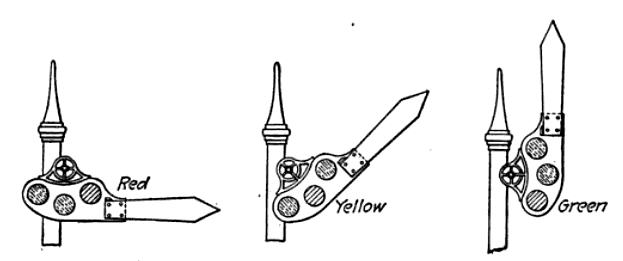
Figure 3 – An upper quadrant semaphore shown in it's three positions - lower quadrant semaphores shown below in figures 4 and 5.
2) Number of Positions
Most, if not all of the early semaphores were only two position signals, indicating either stop, or proceed/clear. By the time upper quadrant signals started to appear, the use of three aspects on a semaphore was fairly universal.
Many semaphores were used in only one position only, and permanently left in the 45, or approach position to serve as a warning for something coming up, such as a bridge. This was commonly used to give a restricting indication, and the last surviving semaphore in Baltimore was of this type.
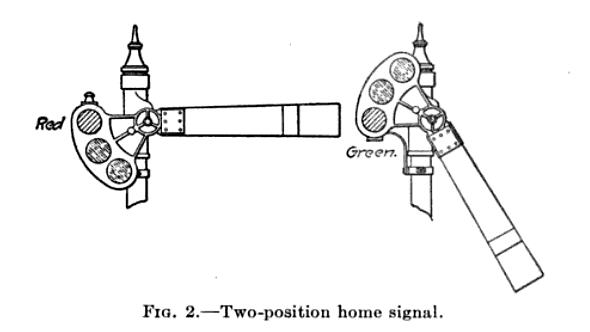
Figure 4 – Two position lower 0/60 quadrant semaphore.
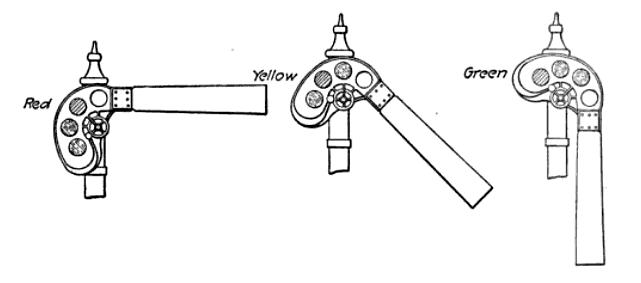
Figure 5 – Three position 0/45/90 lower quadrant semaphore.
3) Indexing Positions
Stop was always the horizontal position, which I’m guessing was a carry over from the beginning of transportation when gates were put across roads in the horizontal position to stop traffic - preventing anyone from proceeding any further (pure speculation on my part, tho).
As far as the proceed indication is concerned, on the early signals, clear would usually take the 60 degree down position as shown above. Later, when a third aspect was added, approach, it rested at the 30 degree down position. Some lower quadrant signals also operated at 45 and 90 degrees.
When upper quadrant signals made their appearance, I believe they were all of the 0, 45, and 90 degree type – I am not aware of any upper quads that had stops at 0, 30, and 60.
As the technology of signaling developed, the concept of failsafe operation became a necessity. Lower quadrant semaphore signals were not inherently failsafe because, if for some reason, the mechanism, electricity, air, or the cabling failed, the blade would have a tendency to drop due to gravity. Because of this, a lower quadrant semaphore giving us a stop indication, could fall to the approach or clear position, thus allowing the engineer to pass the signal and head into danger!
It’s interesting to note, that when both the Pennsy Position Light and B&O Color Position Light signals were developed in the 1910’s, they used lights to simulate the blade position of an upper quadrant semaphore!
4) High or Low?
Semaphores could be found in a full size version high atop a mast, or made in a more compact version to be used in yards, on sidings, inside tunnels, or wherever else there were close clearances that had to be dealt with. Usually, but not always, the dwarf signals were used for slower speed indications. The tight clearances in subway tunnel is one example where a dwarf semaphore would be used as any high signal would be used. When speaking of semaphore signals, high signals were really high, with a single head (or the lower arm of a dual or triple semaphore signal) being around 24-30 feet off the ground!
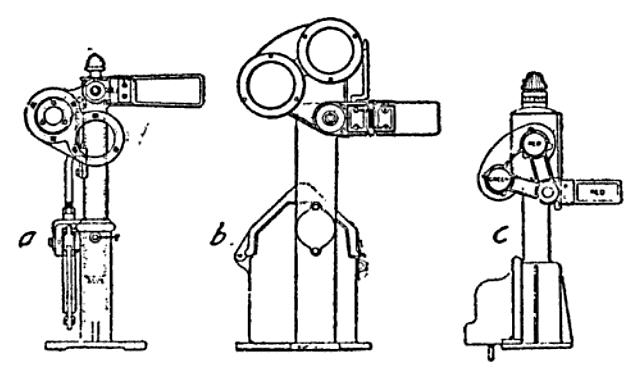
Figure 6 – Dwarf semaphores: (L to R) Mechanical, Electrical, Pneumatic.
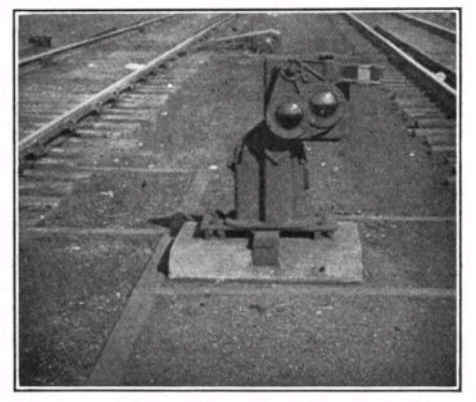 Picture 1 – A mechanical two position dwarf semaphore.
Picture 1 – A mechanical two position dwarf semaphore.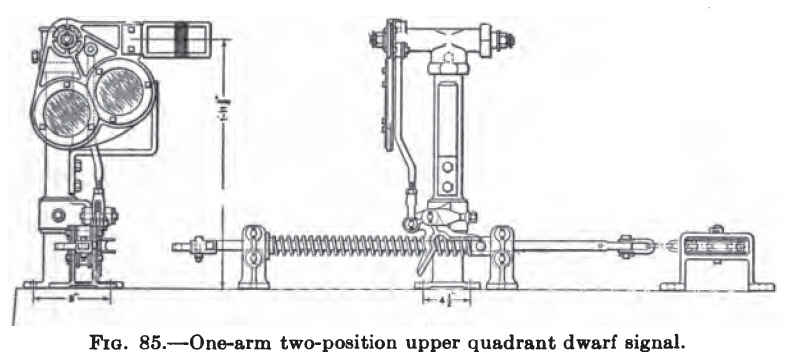 Figure 7 – Accompanying drawing of the above semaphore.
Figure 7 – Accompanying drawing of the above semaphore.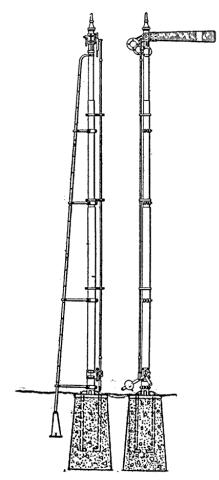
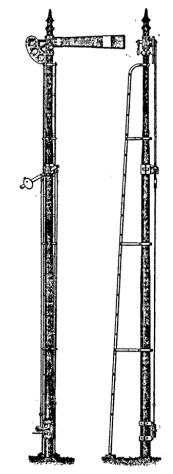
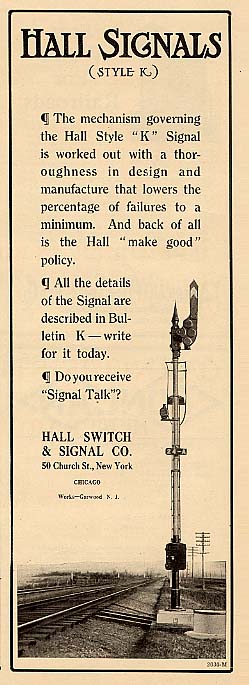
Figures 8a, 8b, and Picture 2 – Two mechanical type semaphores, one showing the cross section of the ground installation, and a Hall Style-K high semaphore (R).
5) Mounting Methods
Like every other type of signal, the semaphore could be found anywhere the designers wanted to put them: on or close to the ground (as in a dwarf signal); high atop a pole, where the actuating mechanism may or may not be located “up there” with the signal itself; on a signal or cantilever bridge with anywhere from one to three on a mast; on bracket posts; or on the side or top of a building, such as a tower or station (and used typically as a train order signal, as opposed to a wayside signal).
The footings for high signals can be six feet deep or more, and could have 2000-4000 lbs of cement in the hole to keep the mast upright in the face of high winds.
Ground installations with three semaphores on a single mast would start off with a 7” pipe in the base, and then step down to a 6” and 5” pipe, roughly dividing the height into thirds.
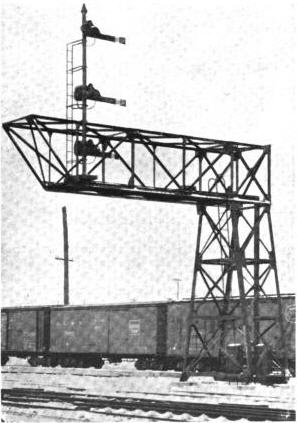
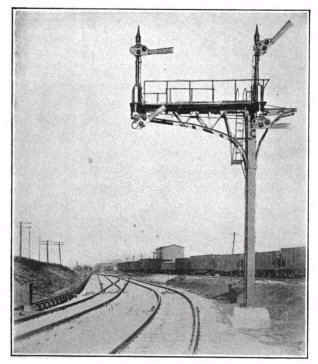
Pictures 3 and 4 – Two cantilever bridge installations.
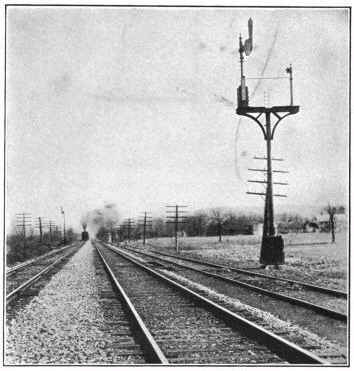
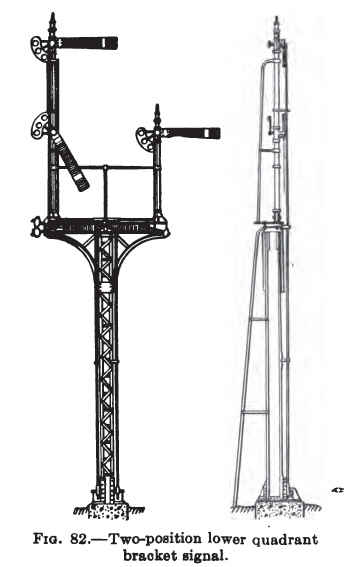
Picture 5 and Figure 9 – Two bracket post installations: (L) Semaphore on a bracket post installation with a doll post - indicating that the signal is not for the right track, on the right, a drawing of a dual signal installation.
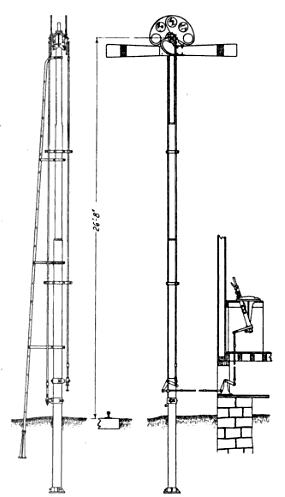
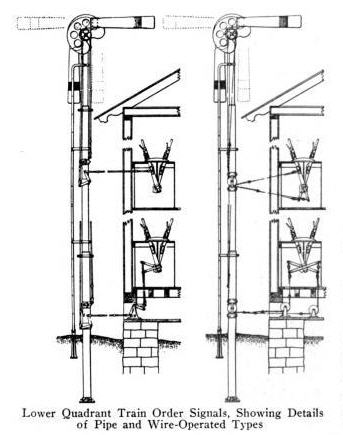 Figures 10a and 10b – Several variations for the installation of train order signals, which are typically located at either station or tower. Upper quadrant on the left, lower quadrant on the right, both mechanical types.
Figures 10a and 10b – Several variations for the installation of train order signals, which are typically located at either station or tower. Upper quadrant on the left, lower quadrant on the right, both mechanical types.6) Let’s Shed Some Light On The Subject – Lighting Methods
When they finally got around to lighting up the semaphore, they were originally illuminated by a kerosene lamp. The early attempts at illuminating the signals at night were not very efficient by today’s standards. The kerosene lamps had an inefficient reflector behind the wick, and the lenses had no focusing ability at all, so what little light did manage to make it out of the lamp, was deflected all over the place, instead of being focused down the track towards the engineer.
Those reading this tutorial who belong to the Yahoo Railway Signaling group are well aware that early semaphore glass lenses actually look bluer than green, as we have had many discussions on this subject. This is due to the fact that the light source of the kerosene lamp contains more yellow and green than that of an incandescent lamp, and thereby filters the light to a green color... but use that same lens with a bulb, and the resulting color will be much bluer!
Many early lamp conversions took the kerosene lamp, and installed a lamp socket where the wick assembly went.
7) Lenses, AKA, Roundels
Once tungsten filaments were perfected, railroads were quick to replace the kerosene lamps with electric bulbs because they were much easier to maintain. When semaphore signals were first illuminated at night, the standard was white for proceed, yellow for approach and red for stop. Green was not deployed until a usable green dye for coloring glass became a reality in the late 1800’s. You began to see green replacing white around 1899. Purple was also used in dwarf, or slow speed signals for stop in lieu of red, and the practice continued into the 60’s here in the U.S. Purple is still used overseas for stop in shunting signals, along with white for proceed.
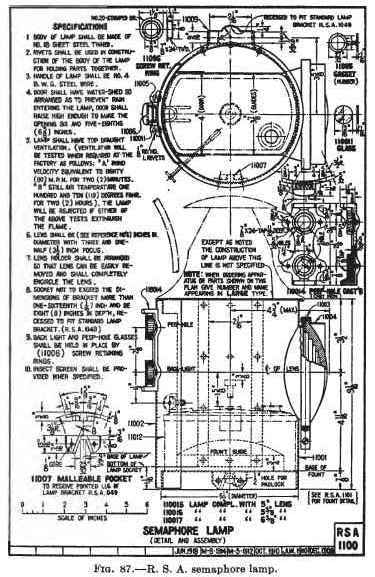 Figure 11 – RSA standard drawing for an early electrical semaphore lamp.
Figure 11 – RSA standard drawing for an early electrical semaphore lamp. Picture 6 - Notice how blue this lens is!
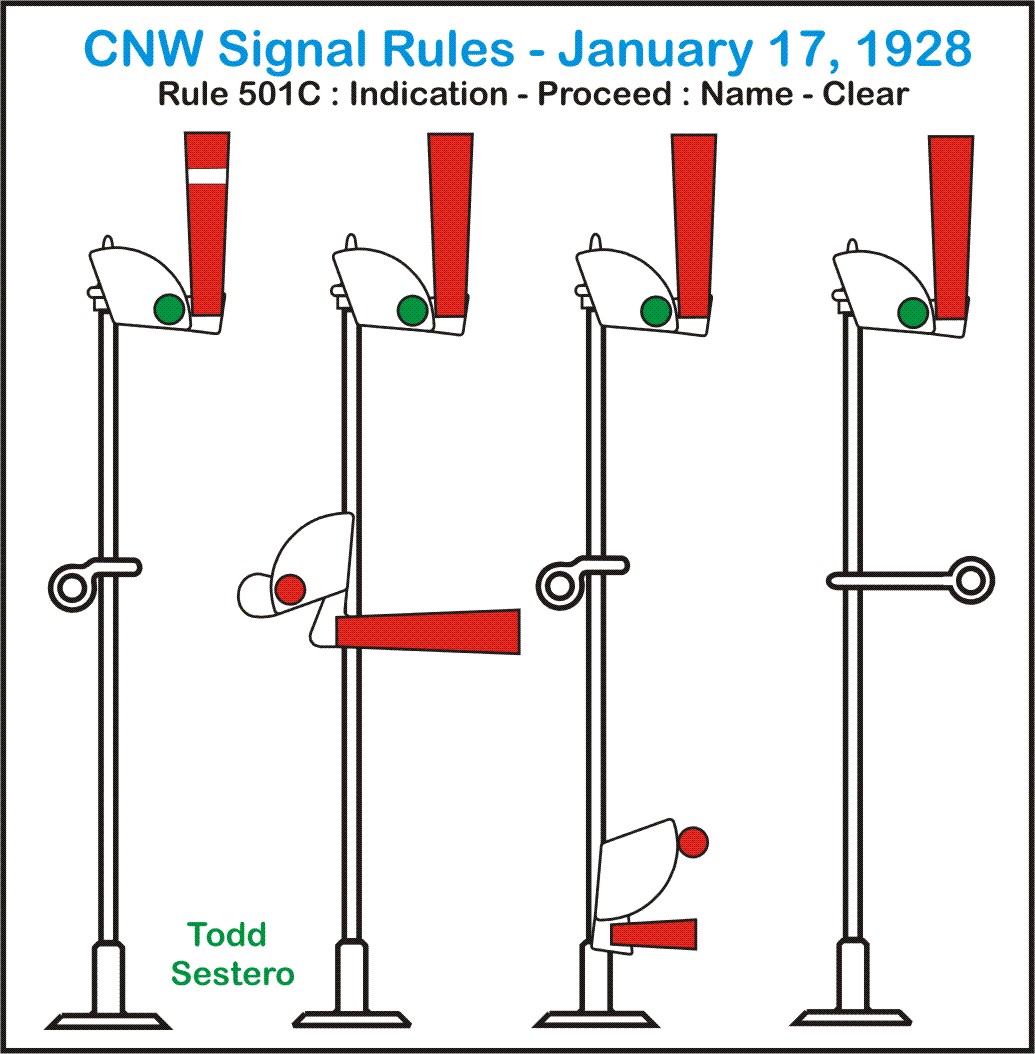
 Figures 12a and 12b – Modifications to a semaphore signals aspect thru the use of auxiliary signals, but giving the same indication.
Figures 12a and 12b – Modifications to a semaphore signals aspect thru the use of auxiliary signals, but giving the same indication.8) Oh Yea, What’s With The Shape Of The Blade?
The shape of the semaphore blade does impart information to the engineer of a train. The blades generally came in four shapes: square, rounded, pointed (out), or fishtail (pointed in).
Square end blades were commonly used as an absolute signal, such as a home signal.
To forewarn an engineer of an upcoming signal, distant signals were employed, and they usually employed a fishtail shaped blade.
Round-ended blades were often used as train order signals.
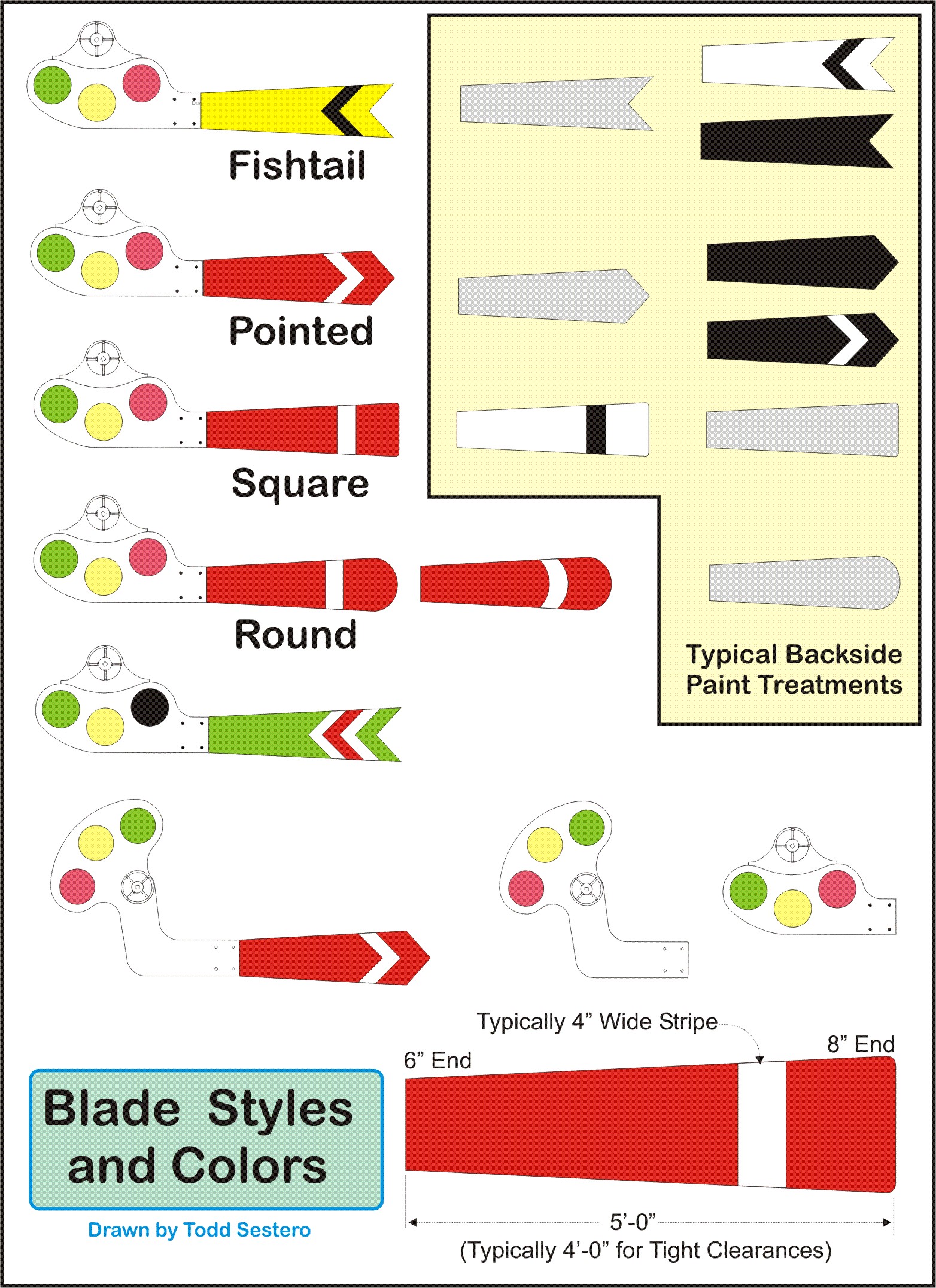
Figure 13 – Variation in Blade Styles and Colors.
The size of the semaphore blade was related to it’s function and application. Obviously, a standard four or five foot long blade could not be used in the yard on a dwarf signal, and not just because it was physically too large. A dwarf semaphore did not need to be seen from the distances that a dwarf signal does… the train just isn’t moving as fast.
10) Blade Color
The color of the semaphore blade also played an important part in the correct interpretation of the signal. The great majority of blades were painted red on their “front” surface, with a narrow white stripe, almost universally following the shape of the end of the blade. Almost all square, round, and pointed end blades were painted so.
Distant signals were less universally colored, but yellow with a black stripe was a common practice. The CNW painted their distant signal blades a bright green color, with a red stripe (insert CNW page link).
On the back side of the blades, which faced away from the direction of movement, or the direction from which the engineer would view a signal, colors commonly used were black and grey, some with white stripes, and some with none – usually the grey ones.
The first such signals were purely mechanical, using some sort of a lever to actuate, or move the semaphore blade via cables (wire) or pipes.
Semaphores could be controlled either locally, at the base of the mast, or remotely, as in a tower. Between the semaphore and the actuating lever, there was a system of connecting rods. If the lever was at the base of the signal mast, it reasons that the linkage was a simple affair. If the signal was remote to the tower location, there could be hundreds of feet of connecting rod between the two locations, which made it difficult for the tower operator to actuate the signal - even more so in snow and ice conditions.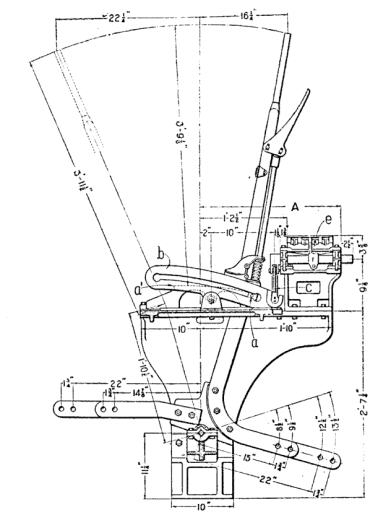
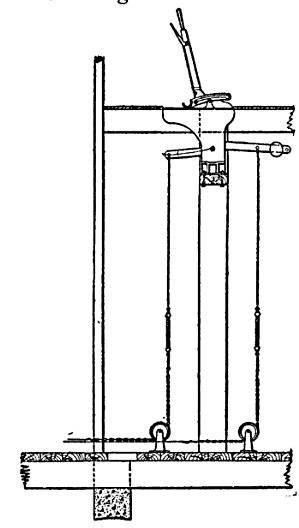
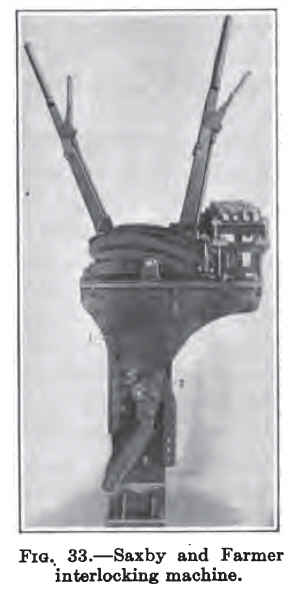
Figures 14a and 14b and Picture 8 – A single lever section from a Saxby & Farmer interlocking machine, and a typical connection for the wires controlling the blade.
11) Mechanical Types
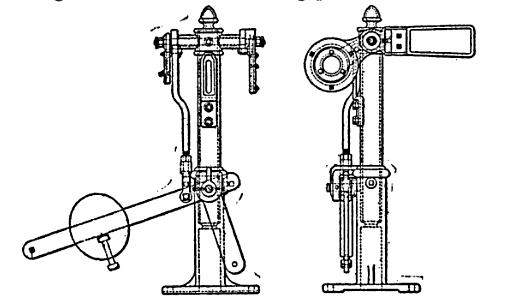
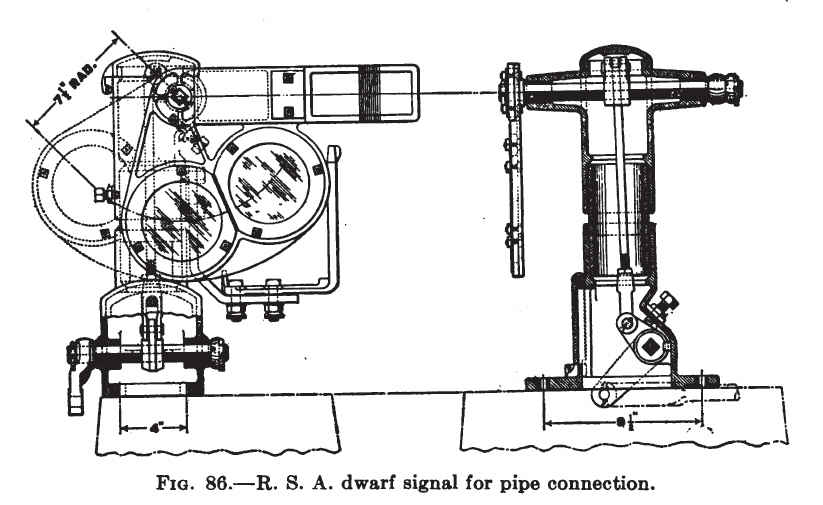
Figure 15a and 15b – Two mechanical dwarf semaphores, notice the one on the left is unlit!
Power actuated semaphores finally came to the rescue, first with a mechanical/pneumatic mechanism. Electrically operated systems eventually came to be, and made the process of moving the semaphore blade a much easier task, only requiring the levers to actuate a set of contacts. The first such electrically operated semaphores were a combination of pneumatics and electricity, where the electric energized a coil, operating a pneumatic valve, which in turn supplied air to a pneumatic cylinder which actually moved the blade and spectacle.
Eventually, a reliable motor was developed, and the semaphores were operated strictly on electrical power.
12) Pneumatic Types
The first power type semaphore signals were operated on air, and we refer to them as pneumatically operated.
13) Electro-Pneumatic Types
This type of actuator combined the advantages and simplicity of electrical control, with the inherent power of air.

Picture 9 – US&S top-of-mast pneumatic actuators.
14) Electrical Types
Once suitable motors were developed, they were put into widespread use, and almost every semaphore used them except where they might have kept an older model employed. Motors came in both AC and DC models, and came in voltages ranging from about 8VDC, to about 120VAC.
In upper quadrant semaphores, the motor lifted the blade to the approach and clear positions, gravity would bring it back down, softening the drop with a cushioning device. Once in the approach or clear position, a small pawl would engage the shaft and hold it in place. This pawl was connected to a solenoid, or holding coil, which was always powered in the approach and clear positions. If the solenoid lost power, either intentionally or not (in the event of a power failure), the pawl would disengage the shaft. In a power outage, this allowed the blade to come down to the stop position. If intentional, the blade would be going from the approach to the clear position. The holding coil needed very little current to operate, and did not substantially affect the power draw in the days when semaphores were operated by batteries, away from a power source.
The motor itself was connected to the semaphore shaft, usually via a set of gears. This allowed the use of a smaller horsepower motor, to operate a heavier load. There was a fair bit of over design, as semaphores in the north had to contend with snow and ice, which could make the blade very heavy, if not frozen completely into place. One of the spectacle’s purpose was to provide sufficient counterbalance for the weight of the blade, thereby easing the power requirement for the motor.
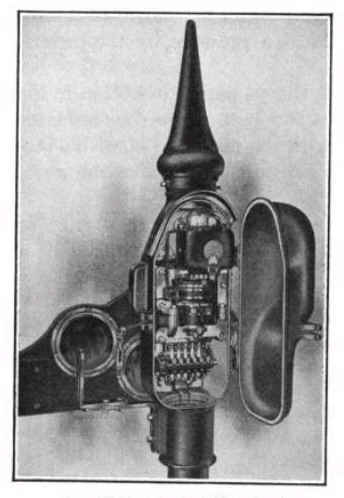 Picture 10 – An early Hall top-of-mast electrical actuator – Style K.
Picture 10 – An early Hall top-of-mast electrical actuator – Style K.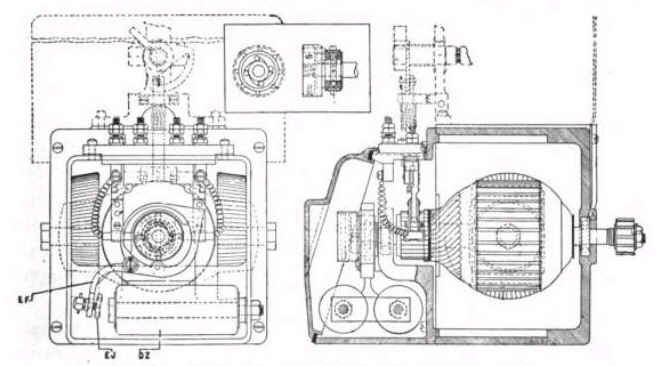 Figure 16 – Cross sections of a Federal motor.
Figure 16 – Cross sections of a Federal motor.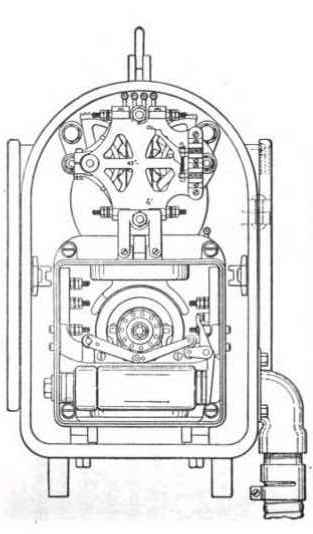
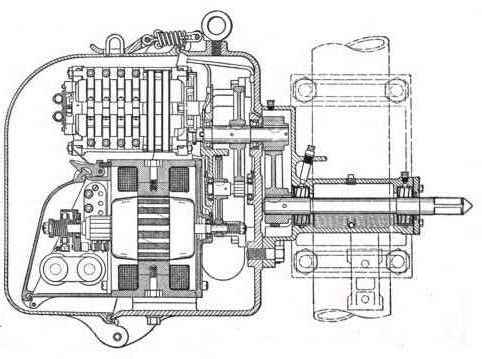
Figures 17a and 17b – Two cross sections of a later model Hall motor.
15) Location of the Actuators
As a subset of the actuating mechanism, there is the location of said device. For manually operated semaphores, the operating lever could be at the base of the mast, on an adjacent platform, or in a remote room, tower, bungalow, whatever). For power operated semaphores, the control point could be the same as for manual semaphores, but the actual operating mechanism, be it a motor or whatever, was located at either the base of the mast, or up on the pole - where the semaphore spectacle and blade mounted directly on the gear shaft.
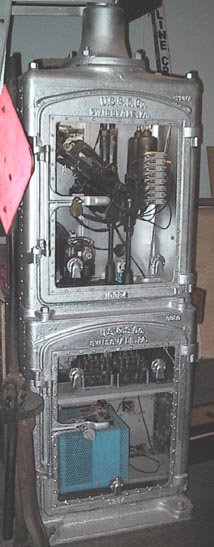
Picture 11 – US&S base-of-mast installation where the mechanism is in the upper case, and the relays and power supply are in the lower case.
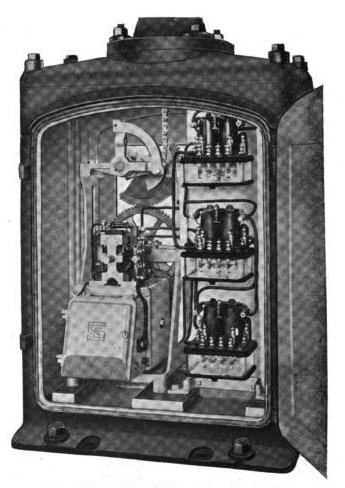
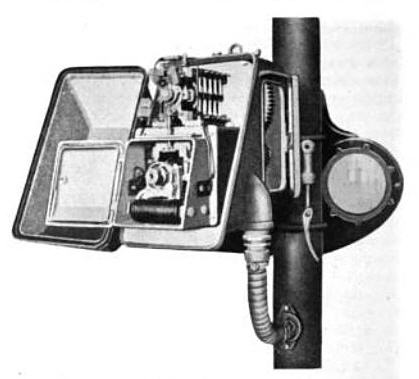 Pictures 12 and 13 – Federal base-of-mast and top-of-mast electrical actuators.
Pictures 12 and 13 – Federal base-of-mast and top-of-mast electrical actuators.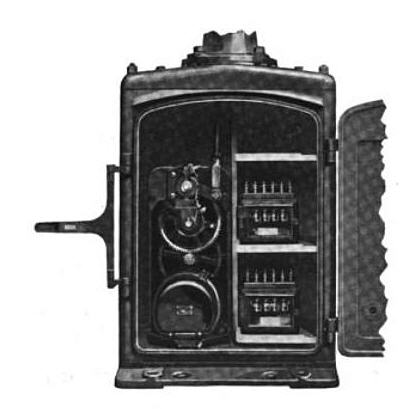
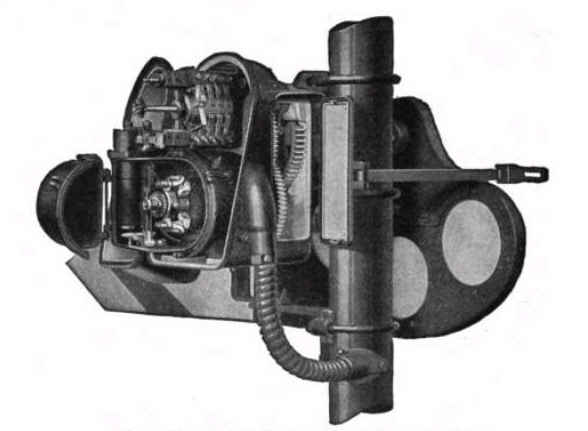
Picture 14 and 15 – GRS base-of-mast and top-of-mast electrical actuators.
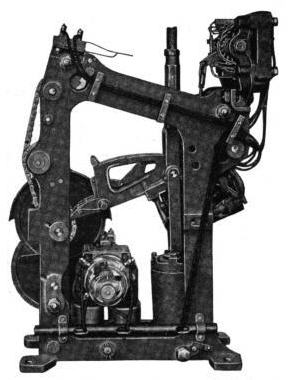
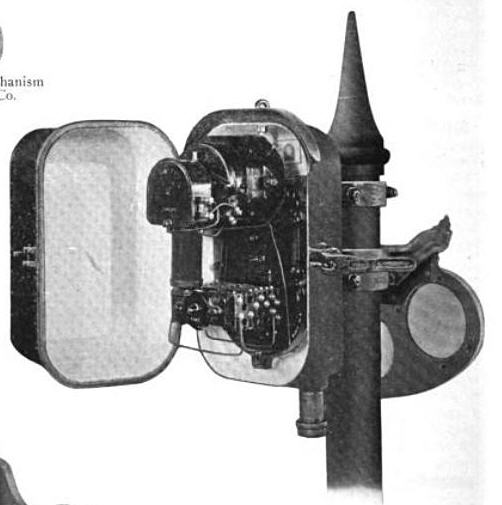
Picture 16 and 17 – US&S base-of-mast and top-of-mast electrical actuators.
MULTIPLE ARM INSTALLATIONS
16) Unlike with other signal types, where one commonly refers to a signal as a two or three head color light signal, a semaphore was a semaphore, regardless of how many were used on a single mast, be it one, two, or three – each one was treated as a separate signal. It just so happens that the indication required the use of one, two, or three semaphore signals. Figure 18 – A three semaphore mast, probably for mounting on a standard signal bridge due to the fact that the base is only 3ft below the first semaphore
Figure 18 – A three semaphore mast, probably for mounting on a standard signal bridge due to the fact that the base is only 3ft below the first semaphore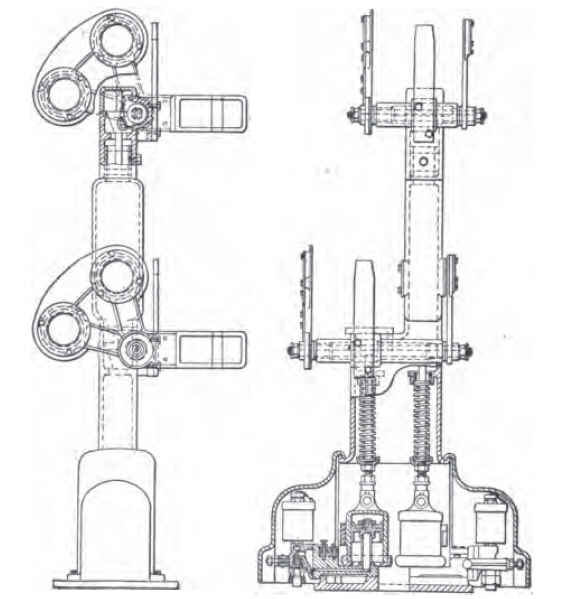 Figure 19 – A two semaphore dwarf installation using rods to position the blades.
Figure 19 – A two semaphore dwarf installation using rods to position the blades.17) Semaphore signals were fairly unique in yet another instance, whereby system designers would often place both a several signals on the same mast. This is one of the reasons different shapes and colors were used for the semaphore blades. Picture 18 and Figure 20 show this. In Picture 18, the mast contains two signals indicating two different things to the engineer. The top signal gives an indication for the block immediately ahead, and the lower (distant) signal, gives an indication for the block beyond. On the left, both blocks are clear. On the right, the 2nd block is occupied, and the engineer needs to take action to slow the train. Figure 20 shows an application where space was (probably) limited, and they put a dwarf signal on the same mast as a high signal. The B&O is one railroad that continued the tradition, by placing a dwarf signal at the bottom of a mast for a high signal, at the end of a siding - when they did this tho, they also used a doll arm to tell the engineer the high signal was for the left track.
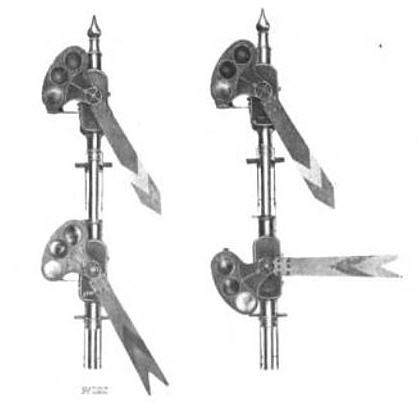
Picture 18 – Mast with both intermediate and distant semaphores.
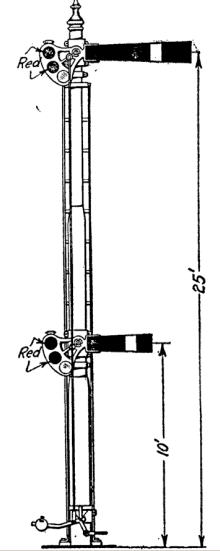
Figure 20 – A high signal and a dwarf on the same mast, to save space and from putting in another foundation - notice the dwarf uses a shorter blade.
SMASHBOARDSA Special Kind Of Semaphore
18) In the old days before we had all sorts of techno gizmos like GPS and radio communications, there arose the need to not only control trains, but to place a physical barrier in the path of an oncoming train. For this purpose, an elongated blade was developed, which the end of would stand in the engines path. These were typically used in cases where there was an immediate threat of danger, such as an open bridge span, or any other readily identifiable source of danger.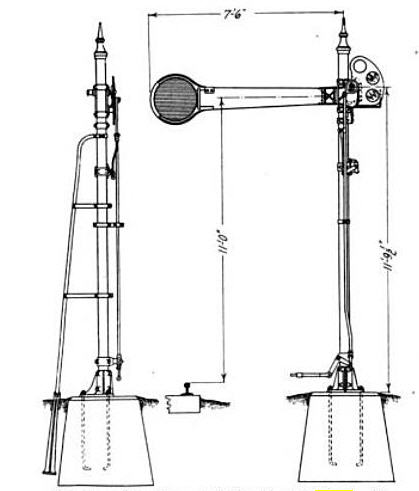
Figure 21 – A typical mechanical smashboard installation.

Picture 19 - Restored smashboard blade by ADB, it is seven (7) feet long, and was painfully restored with over a quart of wood filler, and has the exact "Chrome Yellow" paint on it that the standard Pennsy plans call out for. This blade is supposedly from the Bridgeport NJ drawbridge.
Pictures 20-23
This set of four pictures was sent to me by Rich W up Newark NJ way, and they are of a smashboard installation on the WB PATH track heading towards the DOCK bridge on its way into the Newark station. Many thanks to Rich for taking the time to go and take these pictures for me and you! I came through here around 9pm on National Train Day 2012, so I could not see them :-(
SEMAPHORES AROUND THE COUNTRY
The Semaphore's in and around Mason City IA
Fixed Approach Semaphore in Saginaw MI
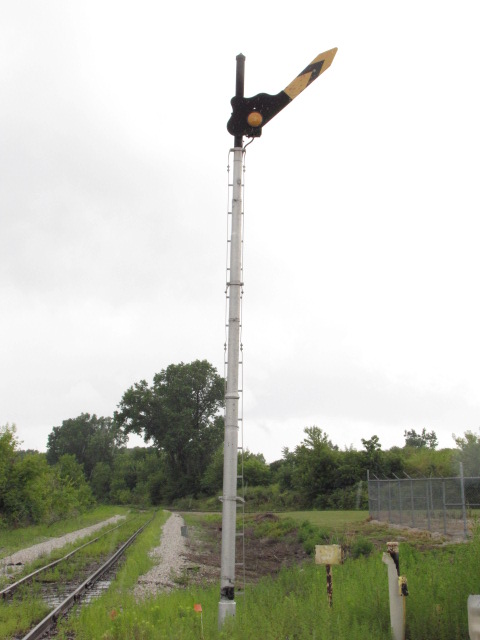
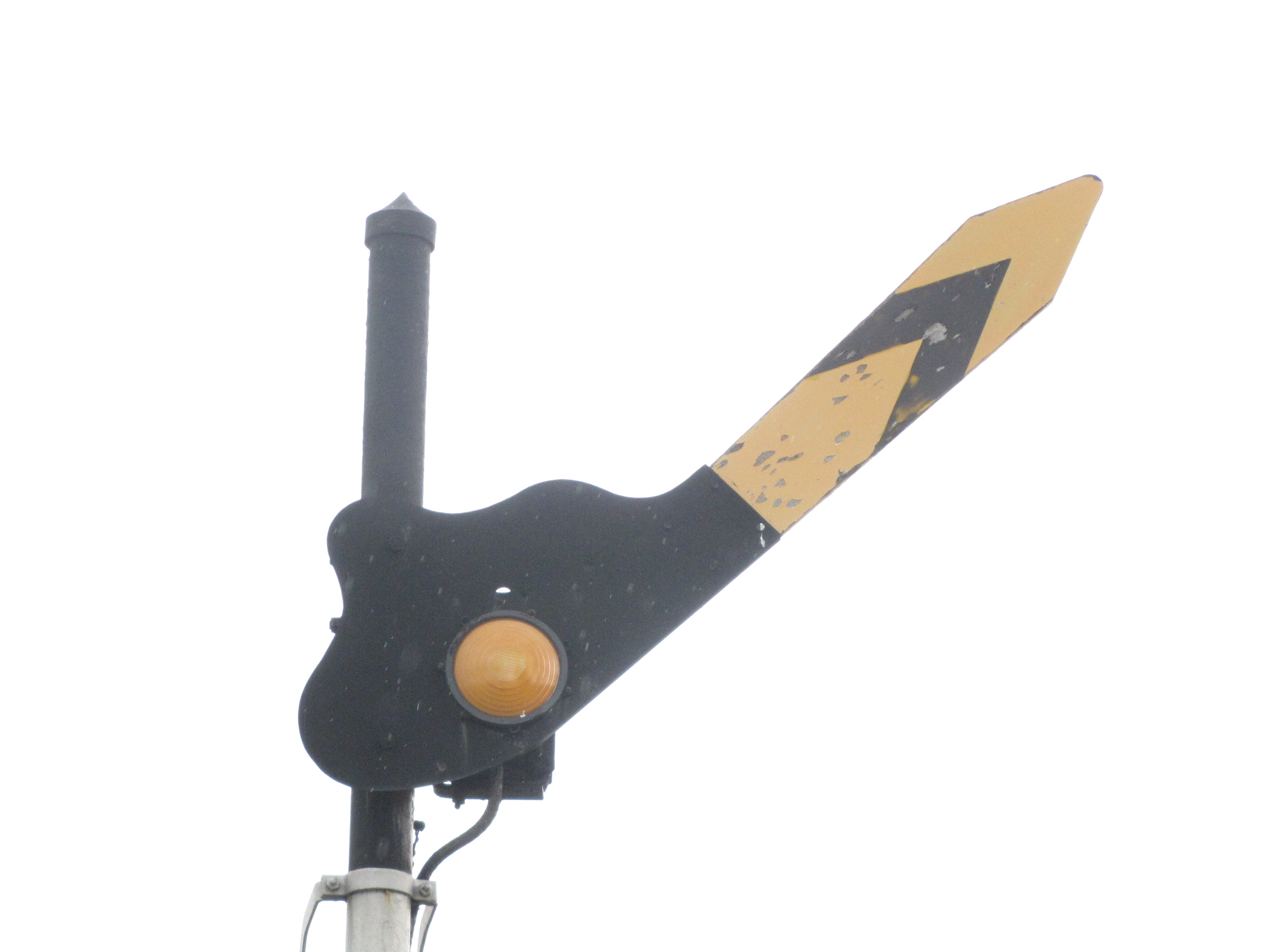
Semaphore at the Pennsylvania Railroad Museum in Strasburg PA
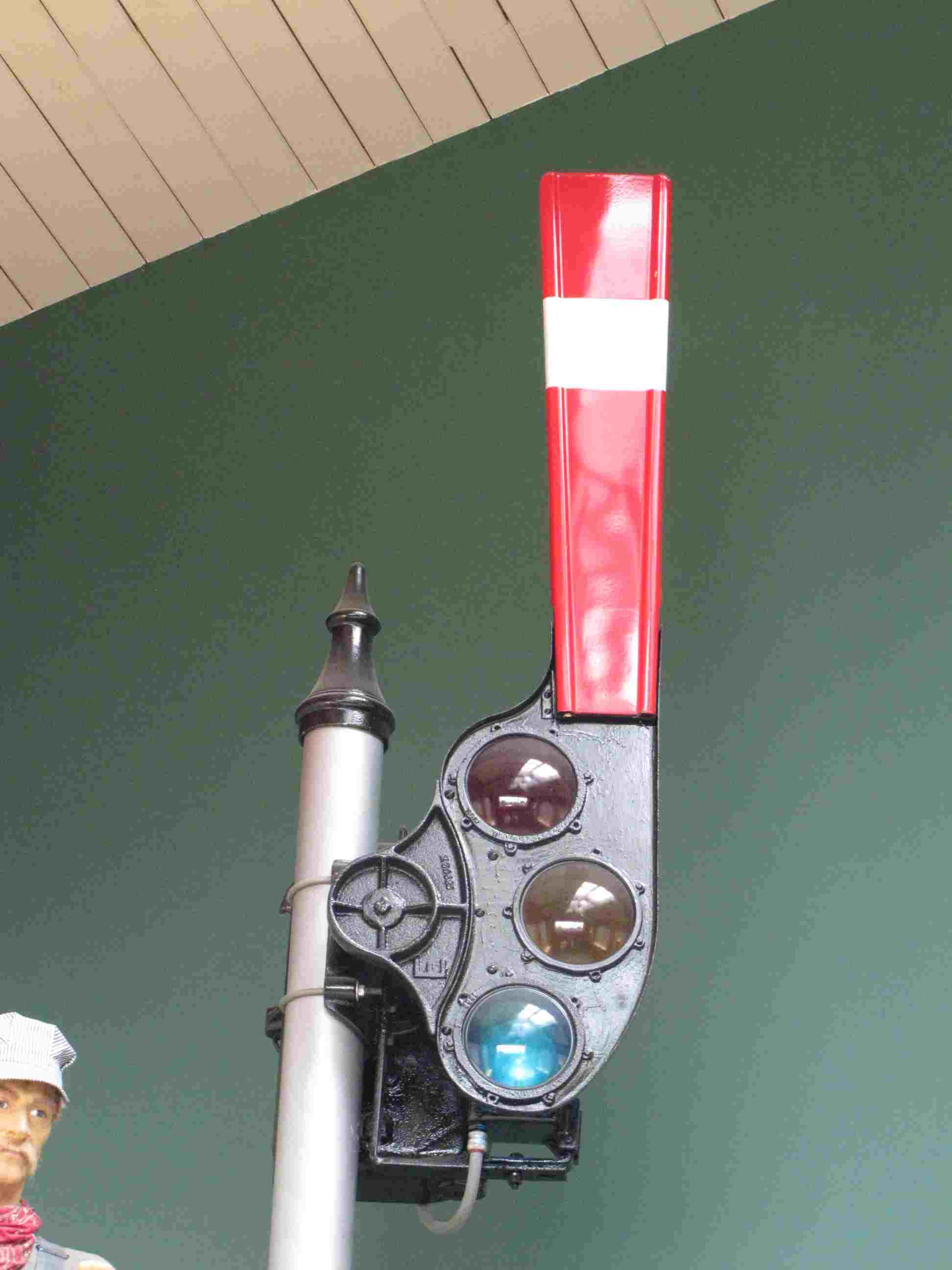
Train Order Semaphore at the Spencer Shops (Museum) in Spencer NC
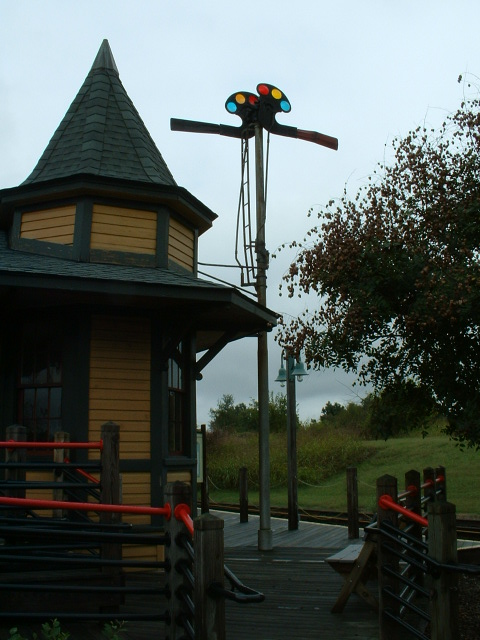
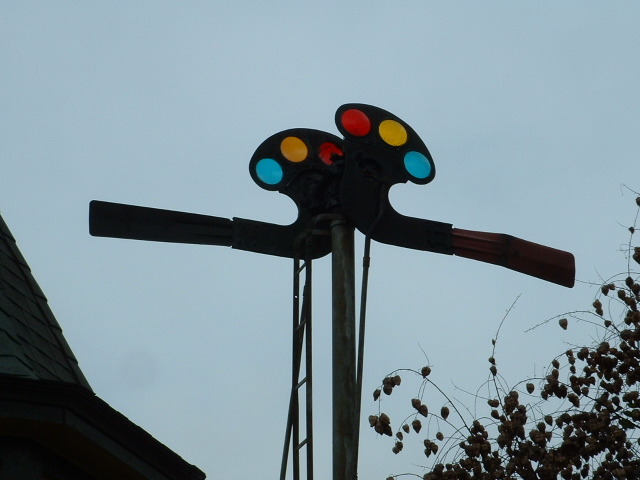
Train Order Semaphore at the Radial Railway Museum in Milton ON
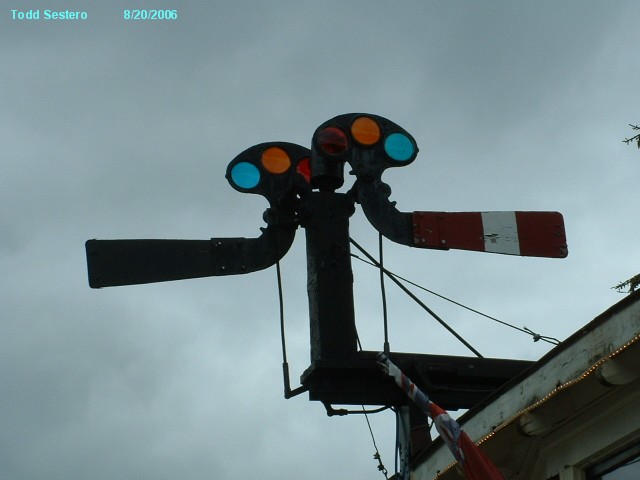
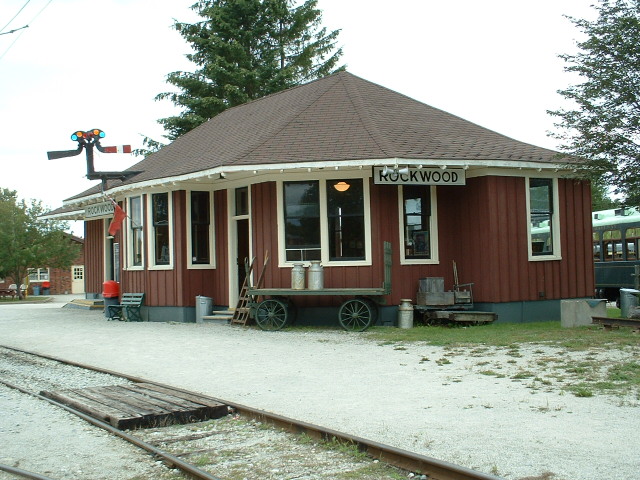
Train Order Semaphore in Waltham MA
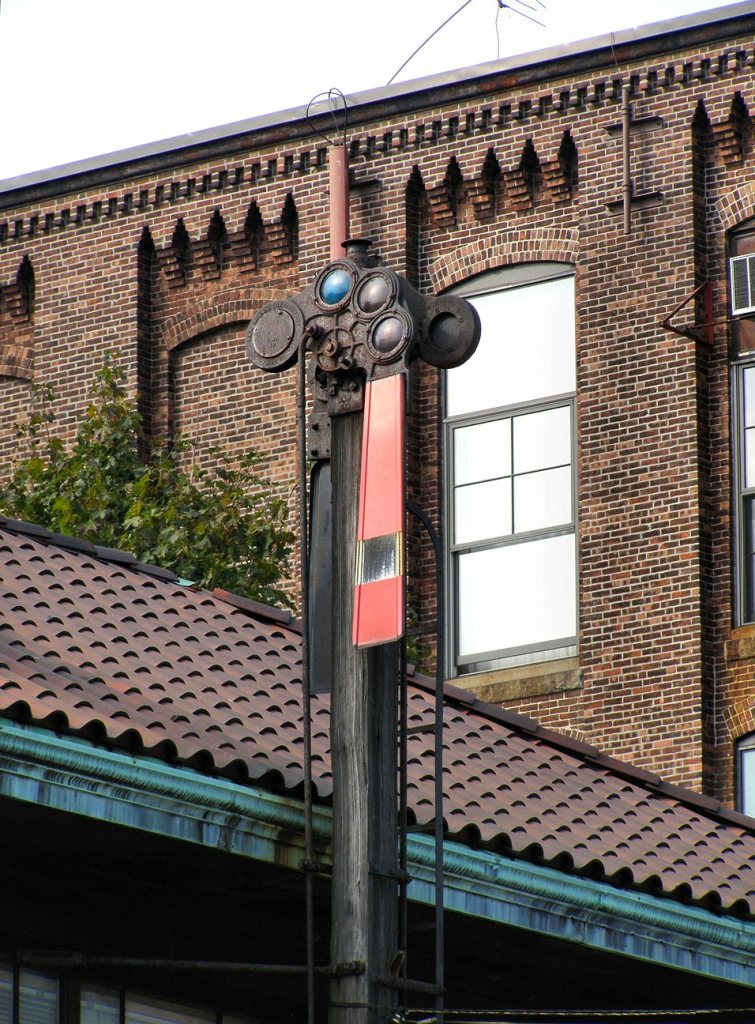
The last Semaphore on the Southern Tier, NY
Train Order Semaphore in Iowa City IA
Disclaimers:
I love trains, and I love signals. I am not an expert. My webpages reflect what I find on the topic of the page. This is something I have fun with while trying to help others. My webpages are an attempt at putting everything I can find of the subject in one convenient place. There are plenty of other good websites to help me in this effort, and they are listed in my links section on my indexa page, or as needed on individual pages. Please do not write to me about something that may be incorrect, and then hound the heck out of me if I do not respond to you in the manner you would like. I operate on the "Golden Rule Principle", and if you are not familiar with it, please acquaint yourself with how to treat people by reading Mathew 7:12 (among others, the principle exists in almost every religion). If you contact me (like some do, hi Paul) and try to make it a "non-fun" thing and start with the name calling, your name will go into my spambox list! :-)
If this is a railfan page, every effort has been made to make sure that the information contained on this map and in this railfan guide is correct. Once in a while, an error may creep in, especially if restaurants or gas stations open, close, or change names. Most of my maps are a result of personal observation after visiting these locations. I have always felt that a picture is worth a thousand words", and I feel annotated maps such as the ones I work up do the same justice for the railfan over a simple text description of the area. Since the main focus of my website is railroad signals, the railfan guides are oriented towards the signal fan being able to locate them. Since most of us railheads don't have just trains as a hobby, I have also tried to point out where other interesting sites of the area are.... things like fire stations, neat bridges, or other significant historical or geographical feature. While some may feel they shouldn't be included, these other things tend to make MY trips a lot more interesting.... stuff like where the C&O Canal has a bridge going over a river (the Monocacy Aqueduct) between Point of Rocks and Gaithersburg MD, it's way cool to realize this bridge to support a water "road" over a river was built in the 1830's!!! Beware: If used as a source, ANYTHING from Wikipedia must be treated as being possibly being inaccurate, wrong, or not true.
My philosophy: Pictures and maps are worth a thousand words, especially for railfanning. Text descriptions only get you so far, especially if you get lost or disoriented. Take along good maps.... a GPS is OK to get somewhere, but maps are still better if you get lost! I belong to AAA, which allows you to get local maps for free when you visit the local branches. ADC puts out a nice series of county maps for the Washington DC area, but their state maps do not have the railroads on them. If you can find em, I like the National Geographic map book of the U.S..... good, clear, and concise graphics, and they do a really good job of showing you where tourist type attractions are, although they too lack the railroads. Other notes about specific areas will show up on that page if known.
Pictures and additional information is always needed if anyone feels inclined to take 'em, send 'em, and share 'em, or if you have something to add or correct.... credit is always given! BE NICE!!! Contact info is here
Beware: If used as a source, ANYTHING from Wikipedia must be treated as being possibly being inaccurate, wrong, or not true.
RAILFAN GUIDES HOME
RAILROAD SIGNALS HOME
New: 1-10-2007
Last Modified: 21-Apr-2014
STOP




fantastic website
ReplyDelete